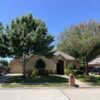Powdery Mildew
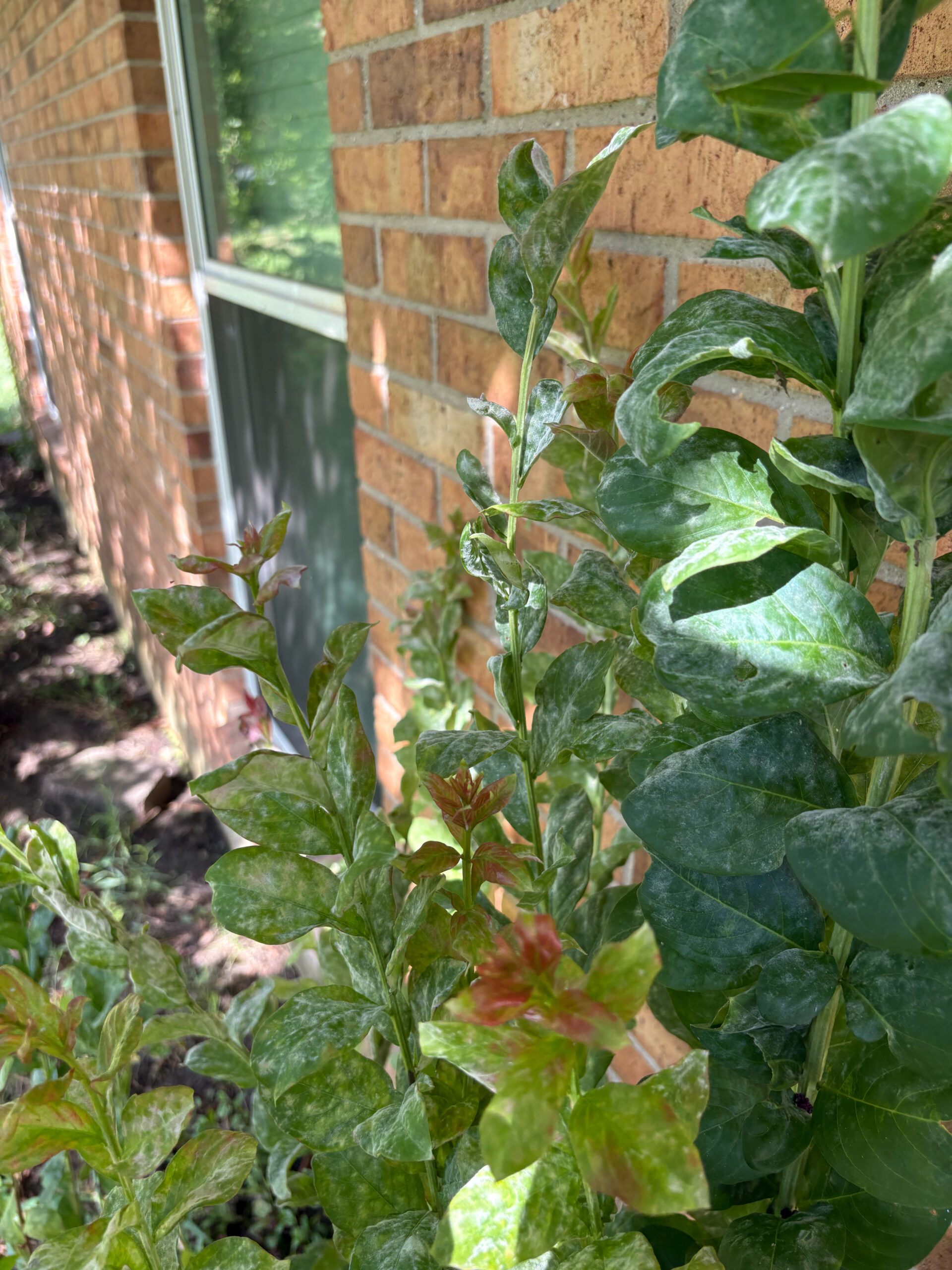
Powdery mildew is a common fungal disease that affects a wide variety of landscape trees and shrubs in North Texas. While it often appears mild at first—just a light white or gray coating on leaves—this disease can quickly spread, leading to leaf yellowing, distortion, and premature leaf drop. In severe or repeated cases, powdery mildew can weaken trees and make them more vulnerable to other stresses.
At Texas Tree Surgeons, our Certified Arborists frequently diagnose and manage powdery mildew on crape myrtles, elms, oaks, and other ornamental trees in the Dallas–Fort Worth area.
What is Powdery Mildew?
Powdery mildew is caused by a variety of fungi that produce millions of tiny spores. These spores are easily carried by the wind and can infect nearby trees and plants—especially in shaded, humid environments. Despite its name, powdery mildew doesn’t require wet leaf surfaces to spread; high humidity alone is enough to trigger outbreaks.
Unlike some fungal diseases that attack internal tissues, powdery mildew thrives on the surface of leaves and stems, forming white, gray, or felt-like growths that resemble a dusting of baby powder.
Powdery Mildew Red Flags
- White or gray powder-like growth on upper leaf surfaces
- Blotchy, felt-like, or cobweb-textured patches
- Yellowing or browning of leaves with a faint halo
- Wilted, curled, or distorted foliage
- Premature leaf drop
- Buds that fail to open
- More visible symptoms on shaded, lower, or inner branches
How a Texas Tree Surgeons ISA Certified Arborist Diagnosis Powdery Mildew
At Texas Tree Surgeons, our ISA Certified Arborists are trained to spot early and advanced signs of powdery mildew during regular tree health evaluations. We look for:
- Classic fungal growth on younger leaves or stems
- Canopy areas with poor airflow or heavy shading
- Yellowing patterns that accompany the fungal presence
- Signs of stress from repeated infections, such as thinning or dieback
We also assess surrounding environmental factors—like irrigation, nearby structures, or dense vegetation—that may increase humidity and reduce circulation.
How Texas Tree Surgeons Treats / Manages Powdery Mildew
Because powdery mildew lives on the surface of leaves, treatment focuses on altering environmental conditions and removing infected material to limit spread. Depending on the severity, our management strategies may include:
- Pruning to increase airflow and light penetration
- Removing and disposing of infected leaves or branches (do not compost)
- Fungicide applications when necessary—targeted and timed early in infection
- Holistic tree care to improve vigor and reduce susceptibility to recurring fungal stress
We avoid broad-spectrum treatments that can harm beneficial organisms and always follow TDA guidelines using licensed applicators.
What can Homeowners do to help their trees with Powdery Mildew?
You can help reduce the risk of powdery mildew by taking a few simple steps:
- Avoid planting trees in overly shaded areas
- Prune surrounding vegetation or overgrown limbs to allow for better light and airflow
- Rake and dispose of fallen, infected leaves to prevent overwintering spores
- Disinfect pruning tools between uses to reduce spread
- Water at the base of trees—avoid wetting the foliage
If you spot early signs of powdery mildew, contact our team. Early intervention is more effective and helps reduce long-term damage.
What Will Happen to my Tree with Powdery Mildew?
In many cases, powdery mildew is not fatal, especially if the tree is otherwise healthy. However, repeated infections over multiple seasons can weaken a tree, leading to:
- Chronic stress
- Thinning canopy and poor growth
- Reduced flowering or fruiting
- Greater vulnerability to other pests and diseases
In severe cases—especially in young or newly planted trees—entire branches may die back, impacting the tree’s structure and aesthetics.
What Species are Texas Tree Surgeons Arborists Seeing this Effect?
- Crape Myrtles
- Elms
- Oaks
- Maples
- Dogwoods
- Catalpa
- Magnolias

Our Certified Arborists take a preventative and holistic approach to tree health care. We focus on reducing environmental stress, improving root zone health, and using targeted, science-based treatments only when needed. Worried about powdery mildew or another fungal issue?
Schedule a consultation today and let our team protect your trees before there is a problem.
Tree Health Care
View Photos of our ISA Certified Arborists & Tree Health Care Technicians Providing Consultation and Care

PREVENTATIVE EAB TREATMENT
If there is EAB activity within a few miles of where you live or property you manage we recommend preventative systemic insecticide treatment applied by a licensed TDA tree health care technician. EAB treatment lasts for 2 years and must be applied regularly to protect ash trees from infection.

OAK WILT TREATMENT
As oak wilt is a systemic, vascular disease, the most effective treatments consist of injecting the infected trees with a fungicidal chemical. The only currently recommended fungicide is Alamo®, a formulation of the fungicide propiconazole. The fungicide is administered through holes drilled in the root flare of the infected tree and should only be applied by Texas Department of Agriculture Licensed Applicators.

STRESSED MAGNOLIA | AFTER
This after photo was taken June 27, 2024 of a magnolia tree after receiving multiple interventions to improve its health. In addition to a tree health care plan of a deep root fertilization with Biopack plus and Sea3 applied by our TDA licensed technician the owner also fixed the irrigation and cleared the root flare. The difference in health is beautiful.

FERTILIZATION
Our Tree Health Care Programs are designed to deliver the right nutrients at the right times throughout the year. We use the highest quality soil conditioners and fertilizers that are delivered at critical points throughout the seasons to optimize the growth and health of trees.

DEEP ROOT INJECTION SERVICES
At Texas Tree Surgeons our deep root injection services provides fertilization deep into the soil. Our unique mixtures combine macro- and micro-nutrients, root growth stimulators, soil conditioners, beneficial biotics (both mycorrhizal fungi and rhizobacteria), and organic materials to cultivate the optimum natural growth environment.

ROOT PRUNING POST AIR SPADING
To correct this improperly planted tree our Tree Health Care Technicians air spade to expose the root flare and to prune away girdling roots. You can learn more about how to properly plant a tree here.

GIRDLING ROOTS
This tree was planted too deep and has several girdling roots (roots that circle the tree and do no flare out) that left unmanaged would eventually kill the tree. After air spading our Tree Health Care Technicians are pruning the roots and adjusting the soil around the tree to expose the root flare to improve tree health.

INSPECTING FOR POSSIBLE DECAY
Sometimes issues with a tree aren't clearly visible on the outside so an arborist will need to inspect the interior. An arborist does this by probing with a small knife to see how extensive the decay in a region of a tree is. Arborists are able to use this information along with other signs to determine if there are potential structural issues or possible increased chances for failure.

MEASURING DBH
The best way to approximate the size of a tree is to measure their dbh, (diameter, breast, height). This enables our arborists to estimate the amount needed for Tree Health Care products or pricing for Tree Removal.
Related Blogs
Similar blogs related to this topic

Top 10 Things We'd Tell You as an Arborist if We Weren't Afraid of Hurting Your Feelings
This is a list of tree care worst practices that you, or someone you know may be guilty of. Read the following list at your own risk. You’ve been warned, feelings may get hurt. 1.…
Read more
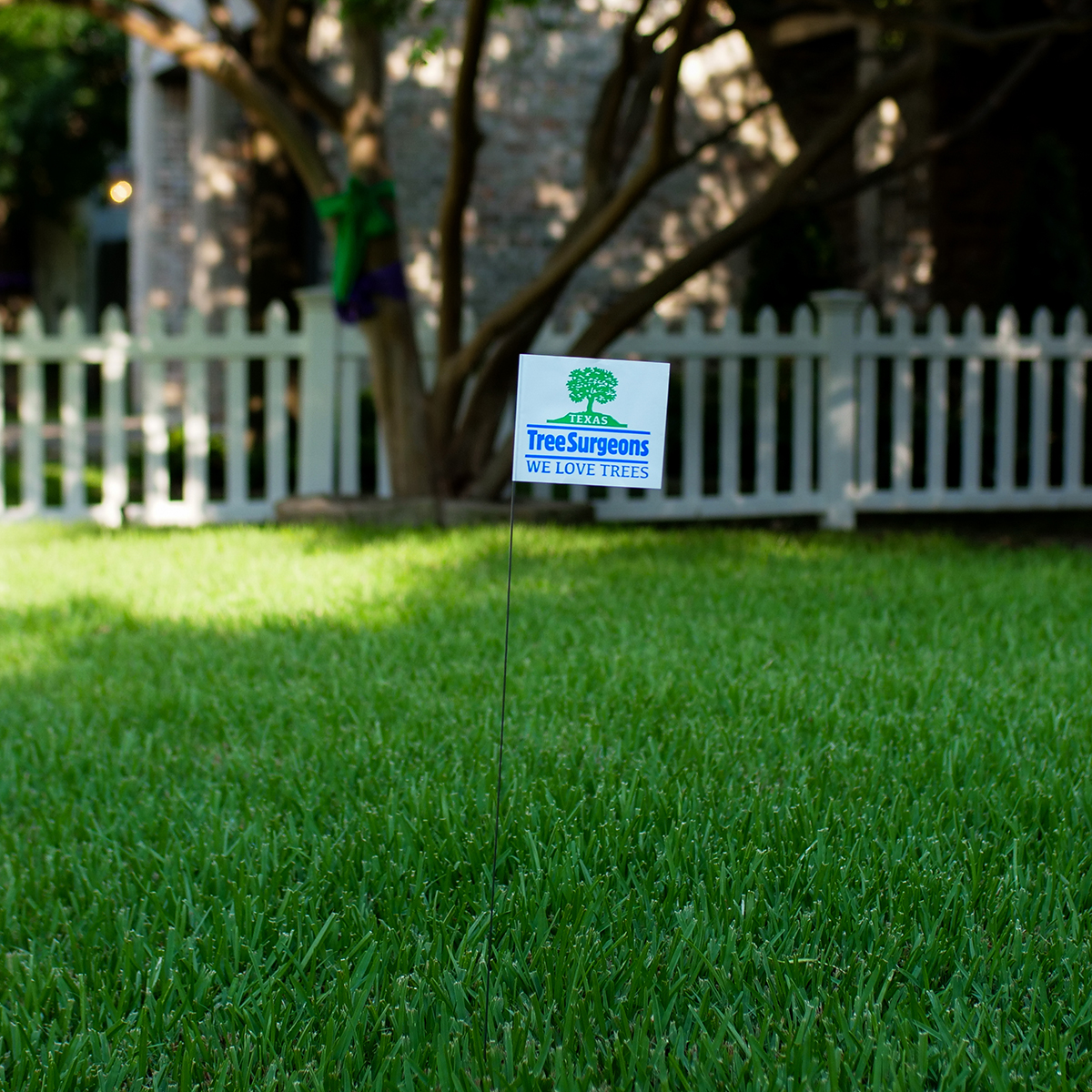
Avoid These Tree Care Mistakes for a Healthy Landscape
Below is a list of overlooked mistakes that could jeopardize the health of your trees. From missteps in pruning to incorrect watering practices, discover how to give your trees the care they deserve. Red oak…
Read more
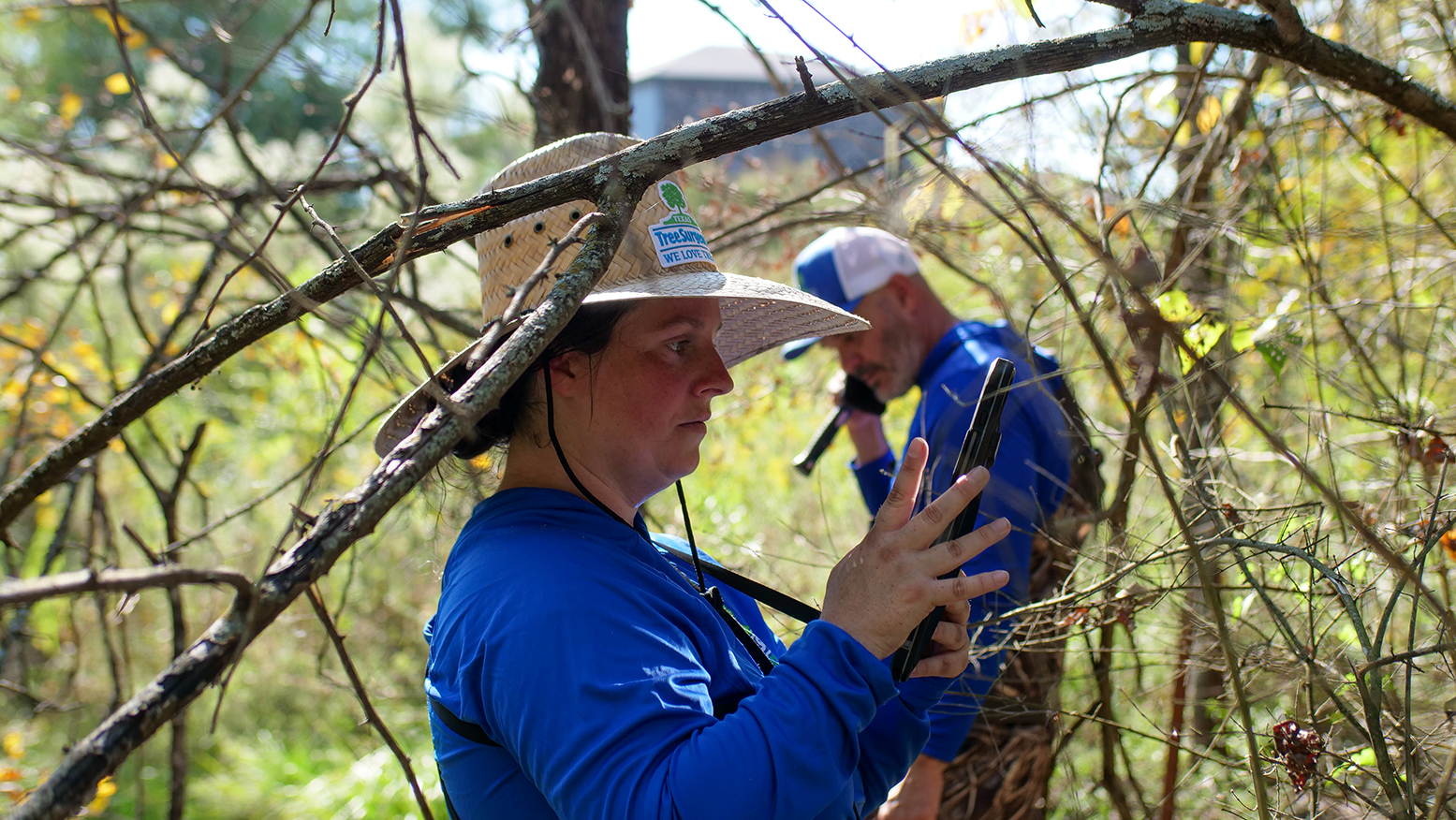
Why do Arborists Recommend Soil Sampling in Urban Areas like Dallas?
Soil sampling is a crucial practice in urban areas like Dallas. It helps arborists make informed decisions about your landscape to ensure a healthy urban ecosystem. Our native soils vary widely—from the dense clays of…
Read more
